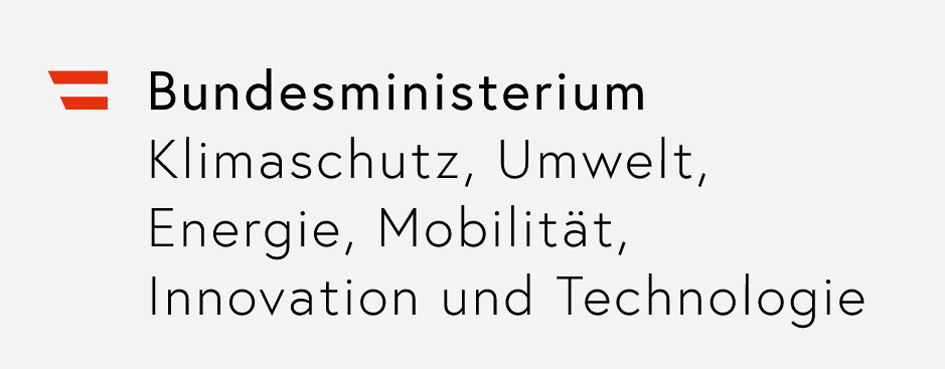The construction industry is one of the most resource- and energy-intensive sectors. The extraction, production, and transportation of building materials are among the largest contributors to CO2 emissions, and the disposal of demolition and excavation material involves significant effort. Earthen building materials have been gaining increasing importance in recent years. Currently, in Austria, there are several producers of earthen materials, whose products are delivered to construction sites. This practice, however, often undermines one of the key advantages of earth-based materials – its local availability – since the materials are sometimes transported over long distances. Few other building materials can be sourced, processed, and used as construction material directly on-site.
Products made from local soil are not standardized, and the lack of certification poses significant challenges for architects and builders. Currently, there is no connection between excavation and its use as a building material – a link that would allow the material to be utilized on-site and kept in circulation.
The project missing link explores the use of excavated material to produce earthen building materials directly at the site of excavation. The goal is to develop a guideline that outlines the legal, economic, logistical, and infrastructural requirements, as well as a clear process and trade chain from material extraction to its application.
The further development of earthen building materials and their production using excavated material requires extensive research, technological innovations, and overcoming challenges such as costs, manufacturing processes, and certifications to enable sustainable and health-promoting construction methods.
A careful examination of the legal framework, along with the consideration of new economic approaches that account for both lifecycle costs and climate impacts, is essential. By involving experts from various disciplines, the project aims to create sustainable and efficient models for using excavated soil to produce earthen building materials on-site at a commercial scale. This approach seeks to minimize transportation costs, reduce the burden on excavation landfills, and create circular, healthy building materials.
Key questions include how to process the excavated material efficiently depending on its future use, which conventional construction equipment can be adapted, and what environmental benefits can be expected. Additionally, a testing strategy will be developed, considering existing regulations and standards for both the excavated material and the earthen products manufactured. To enable on-site production, the project will also explore and present new cooperation models between parties involved in the planning and construction process, such as integrated project delivery or alliance models.




